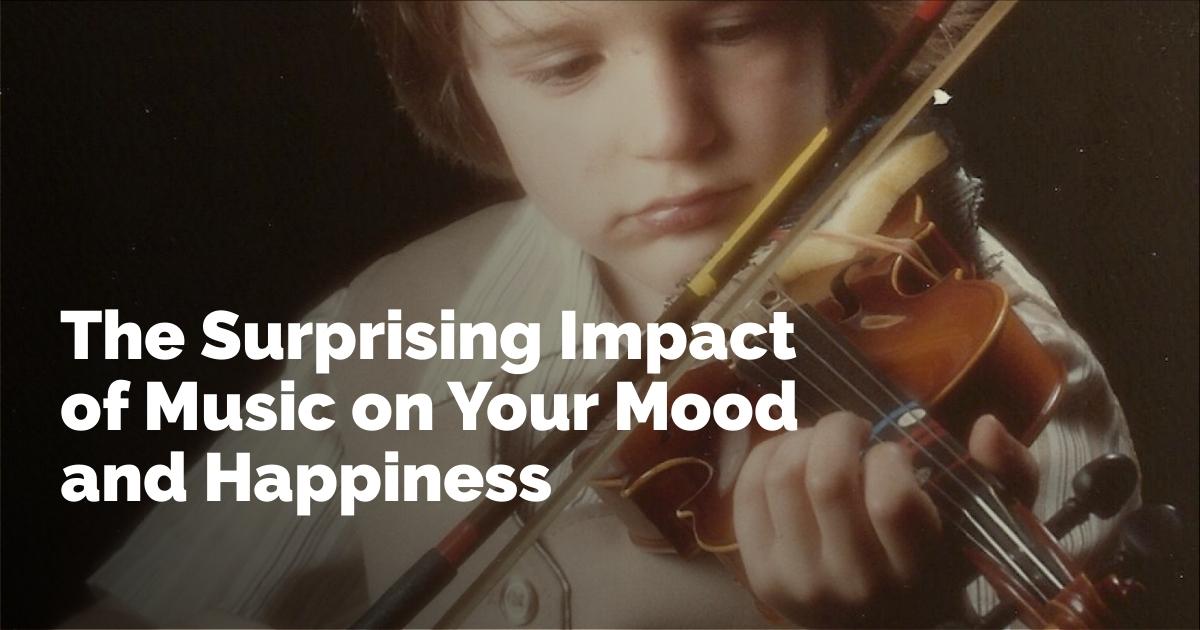Sad for No Reason? Examining the Influence of Music on Mood
Key Considerations in Rising Sadness
In recent times, there has been a noticeable increase in the number of individuals who report feelings of sadness and hopelessness. This rise in depressive symptoms is multifaceted, potentially stemming from stresses in everyday life, the sense of isolation many people experience, and even the growing reliance on virtual social interactions. However, an intriguing question emerges: could the music we listen to also be influencing this trend towards greater sadness?
The Pandemic's Emotional Aftermath
The COVID-19 pandemic drastically altered the emotional landscape for many people. A significant finding by the US Census Bureau, which conducted regular surveys during this period, was the alarming increase in feelings of depression, particularly during the pandemic. Although these feelings diminished during the recovery phase from June 2023 to March 2024, they did not completely revert to pre-pandemic levels.
Depression had already been a growing concern prior to the pandemic, with a steady increase from 2015 and peaking in recent years. Many factors contribute to why individuals might feel sad or depressed even without significant adverse experiences. One area worth exploring is the impact of music on our emotions and mental states.
The Shift in Music and Emotions
Music is a powerful emotional catalyst, and recent studies have noted a trend toward increasing sadness in popular music over the past three decades. Songs have grown darker in tone and slower in tempo, with a noticeable reduction in upbeat, happy tracks. Research analyzing half a million songs from the United Kingdom, dating from 1985 to 2015, concluded that there was a discernible shift towards more somber musical moods. Similarly, analyses of American Billboard hits indicate a trend of increasing use of minor keys and slower tempos.
These findings are part of a broader pattern illustrating a negative emotional shift in the lyrics and tones of popular music. Between 1951 and 2016, there was a significant rise in themes of sadness, anger, and fear, while joy and confidence declined. This shift provokes an essential question about whether music is mirroring societal moods or actively influencing them.
The Paradox and Appeal of Sad Music
Despite this increasingly melancholic trend, sad music remains widely popular. It seems to offer an unexpected pleasure to listeners, creating a paradox that has intrigued researchers. Listening to sad music allows individuals to connect with emotions such as empathy and nostalgia, often drawing listeners into self-reflection and memories. It appears that nostalgia, rather than sadness itself, is the primary emotion elicited by these songs, promoting a sense of social connectedness and personal introspection.
However, there is a potent question regarding whether sad music reinforces and perpetuates feelings of sadness, especially among younger generations. As in-person interactions decreased during and after pandemic lockdowns, there might be a correlation between time spent in virtual environments and the preference for sad music, potentially leading to self-indulgence in melancholy.
Social and Solitary Experiences with Music
Traditionally, happy music was an integral part of communal gatherings, celebrations, and social activities that lifted moods and reduced feelings of isolation. In stark contrast, sad music is often consumed in solitude. This solitary engagement with music might contribute to feelings of loneliness, as corroborated by a recent poll from the American Psychiatric Association, where a significant portion of young adults reported frequent feelings of loneliness.
With the slowly returning opportunities for social interaction and face-to-face gatherings, there is hope that popular music will once again integrate a more positive and diverse emotional range. Encouraging social connectedness and community experiences can help shift the musical landscape towards expressing a broader spectrum of emotions, reflective of shared human experiences in their entirety.
In summary, as the world continues to grapple with emotional challenges in a post-pandemic era, it becomes crucial to consider the role of music in shaping our moods and cultural narratives. The need for balance in the types of music we engage with is evident, potentially impacting collective emotions and individual mental health positively.
출처 : Original Source

